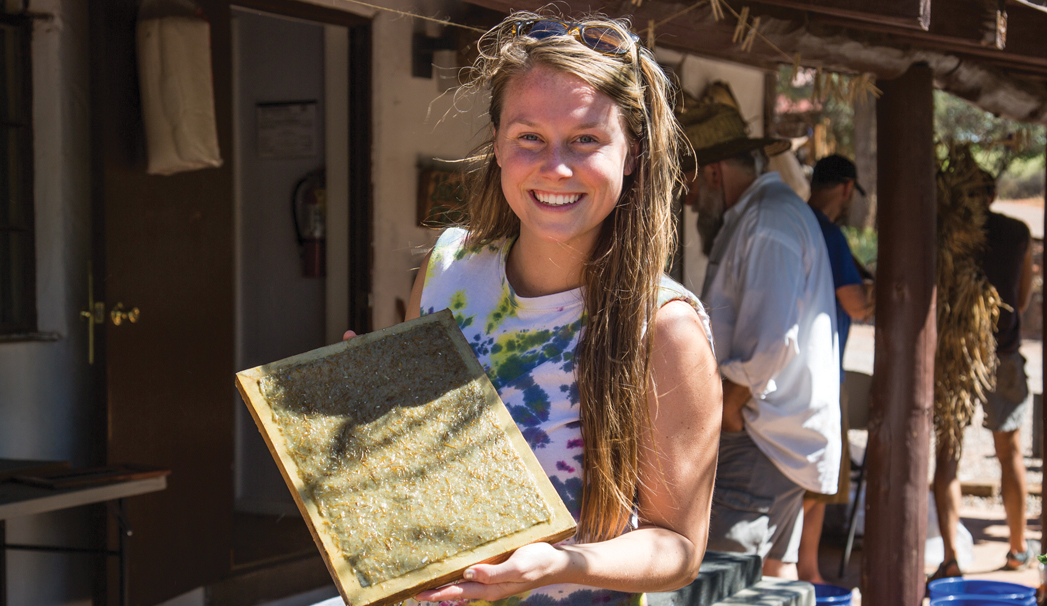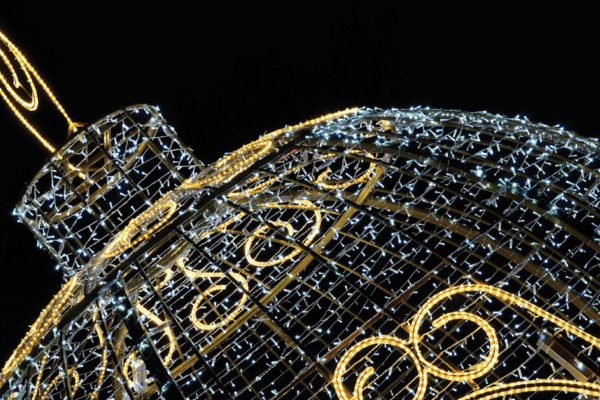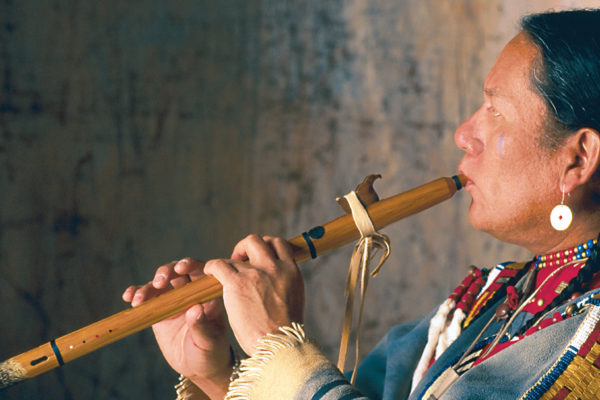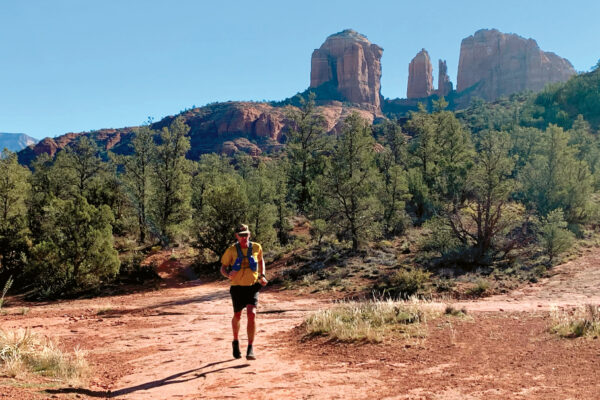Like many good stories, this one begins with a bottle of wine.
It was October 2015, and Eric Holowacz and Paul Amadio had recently moved to Sedona; Eric relocated from Baton Rouge, and Paul had most recently lived in Dallas. Eric was the new executive director at Sedona Arts Center while Paul had taken on the role of head of school at Verde Valley School. A member of the VVS faculty suggested they meet, so the two men and their wives gathered for dinner at Paul’s house on the VVS campus in the Village of Oak Creek. They quickly realized they shared a passion for the arts. Paul has a background in performing arts, and Eric has experience with artist residencies, festival production and arts facilities. “There was a creative side to Eric that was exactly what I expected to find in Sedona,” says Paul.
One bottle of wine led to another, and the duo came up with the idea of an artists’ residence program that would take place in Sedona in the summer. Eric’s career includes 15 years of experience with residency programs, which he describes as “hospitality for the creative process.” VVS is dark during the summer months, and with its kitchen and dormitories – not to mention stellar red rock views – hosting the colony at the school was a no-brainer for Paul. “It was this concept of two of the oldest organizations in the community coming together with a common cause that would benefit Sedona,” says Paul. The Sedona Summer Colony was born.
But First…
Little did Paul and Eric know that their organizations shared a connection dating all the way back to the 1950s. Verde Valley School was founded in 1947, on the heels of World War II, as a multinational private boarding school. (Side note: Town and Country magazine recently named the school the 15th best boarding school in the U.S.) VVS recruited an Egyptian sculptor from Boston by the name of Nassan Gobran to head the school’s art department in the early 1950s. After a few years, Nassan felt driven to create something for the community of Sedona, and in 1956, an early version of Sedona Arts Center – then called Sedona Summer Program – began. The nonprofit was incorporated as SAC in 1961, the same year it purchased the Jordan Apple Packing Barn, now known as the Art Barn, for $900.
That wasn’t the two organizations’ only link. German-born Dadaist Max Ernst taught art classes at VVS in the 1950s. According to Eric, Max and his wife, artist Dorothea Tanning, held a show in the Art Barn when it first opened. “Max would invite his European modern artist friends to work on their art from his home in Sedona so he could show them what was here and give them inspiration that can only be found in Sedona,” says Eric. “It was an early form of the Sedona Summer Colony.”
Inauguration Day
Eric and Paul decided the first colony should take place in summer 2016, but they were in need of someone to come in and take the reins when it came to organizing all of the logistics. Paul reached out to his friend from New Hampshire, Carol Holyoake. Carol, who is originally from Australia, has a background in event management, cultural festivals and nonprofit organizations. She was intrigued by the idea of the colony, so she packed up and moved across the country Memorial Day Weekend, just six weeks before the program was scheduled to begin. (Carol is the colony program manager as well as VVS’ director of legacy programs and communications.) “I thought the guys had a fabulous vision, and the position took all of my skill sets and combined them into one job,” says Carol. “I went into it with an open mind and no set boundaries.”
The result was the inaugural Sedona Summer Colony, which began June 19 and ran through August 10. SAC invited more than 125 artists from as far away as Manitoba, Canada, and Hobart, Tasmania, to live on the campus from one to four weeks at a time, free of cost. The artists just had to get here. They lived in the dorms, were provided two meals a day prepared by VVS Chef Michael Briggs (often using ingredients from the school’s beautiful organic garden), worked in the school art studios and took excursions to locations like Grand Canyon National Park, Arcosanti and Montezuma Castle National Monument. Participants were not required to produce a final product, though some did. Instead, spontaneous exhibits and performances kept happening throughout the summer, lending to the festive atmosphere. “We had choreographers and dancers creating work in the creek,” says Eric. “There was an opera singer who gave a performance in the chapel and filmmakers and anime artists who showed movies. We had an exhibition in Brady Hall. One artist did a ghostly performance piece where she walked around the campus at night with a flashlight.”




